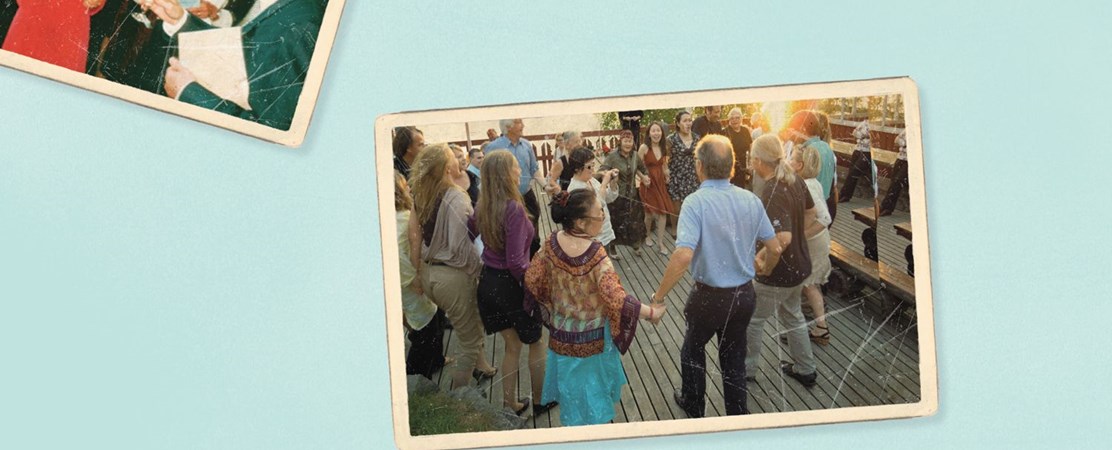Circumpolar Collegiality 1998–2006: Reflections on the Early Days of the Council of UArctic

By Asgeir Brekke, Chair of the Interim Council of UArctic (1998-2001), Professor Emeritus, UiT The Arctic University of Norway and Sally Webber, Former Chair of the Council of UArctic (2001-2006), Former President, Yukon College
It is a pleasure for us to recall the optimism, the exhilaration and the challenges of the first years of UArctic’s organizational and programmatic evolution.
Intensely rewarding and productive collegial relationships were built during those meetings. Initially drawn together by our respective northern identities and scholarly interests, our relationships matured into international bonds of circumpolarity, and a new form of collegiality was born: “warm friends from cold places,” as one member put it.
The first Council of UArctic meetings were intense, popping with ideas, models, worries, dreams and experiences. Mandated by the Circumpolar Universities Association (CUA) feasibility study recommendations, endorsed by the Arctic Council, and charged with moving the dream forward in a practical way, we focused our collective wisdom on the task of realizing the recommendations set out by the circumpolar consultation.
Alternating formal sessions with lengthy informal ones, we shared our personal and professional points of view, and grew in the knowledge of our respective nations, institutions, and indigenous peoples’ communities and cultures. This process was substantially aided by the practice of convening our meetings in member institutions around the global North. We explored the ways in which member universities, colleges and organizations were addressing the educational needs of northern communities, and then imagined together how formalizing international cooperation in the form of a new kind of university could amplify and enhance this work, reaching more deeply into our Arctic hinterlands, and bringing together differing traditions of northern knowledge.
One example of how this new collegiality worked was the shared interest in solving the problem of the permanent loss of northern students to southern universities, bleeding the North of educated youth. This concern was expressed by Canadian representatives and immediately recognized by Norwegian delegates. The planners of the University of Tromsø had wished to establish a northern university in Norway for precisely the same reasons. The creation of this highly successful university fed further discussion. Common interests such as these, with their problems and opportunities, resulted in productive conversations often long into the night.
We learned about each other’s national and institutional educational policies and practices; how similar problems had been solved in other countries. We “mined” best practices among our members and marveled at the practical possibilities that surfaced. We speculated how new and emerging information and distance technologies might overcome problems of time, distance and isolation for our students, faculty and researchers. We struggled with how to address and incorporate traditions of indigenous knowledge. We worked at setting out what would become our programmatic priorities. We wrestled with the form of the Council itself, its composition, committees and procedures, always keeping inclusion and circumpolarity in the foreground of our decisions.
As UArctic has gone from success to success over subsequent years, it is a pleasure to reflect on these early, formative days, and the visionary individuals who live on in our memories.
The authors would like to thank the Council executives, committee members and member organization representatives we worked with during these years. We are also deeply indebted to the UArctic International Secretariat for their support as UArctic took its first steps in bringing the programmatic dreams expressed in the CUA Feasibility Study Report into concrete form.
